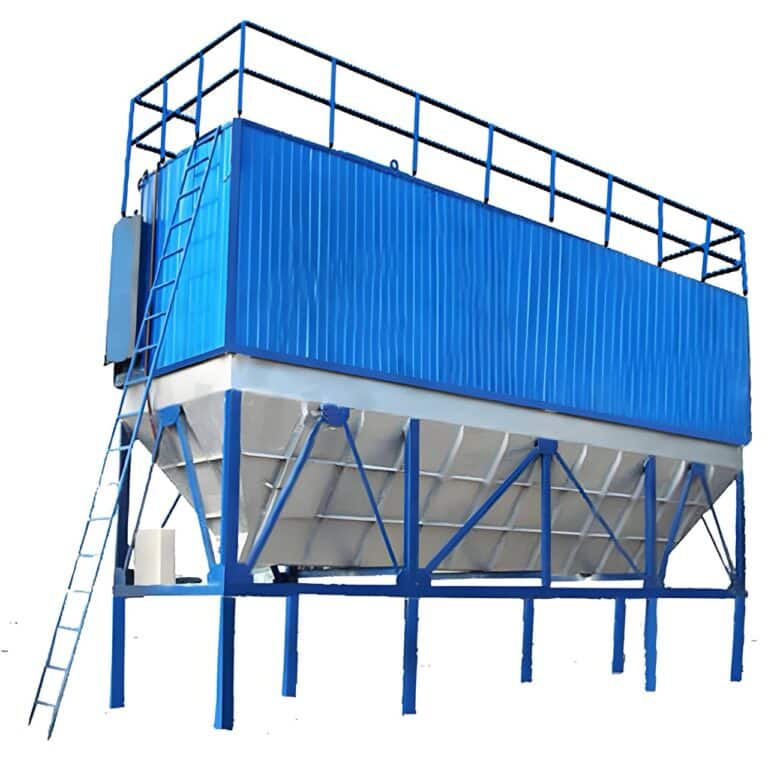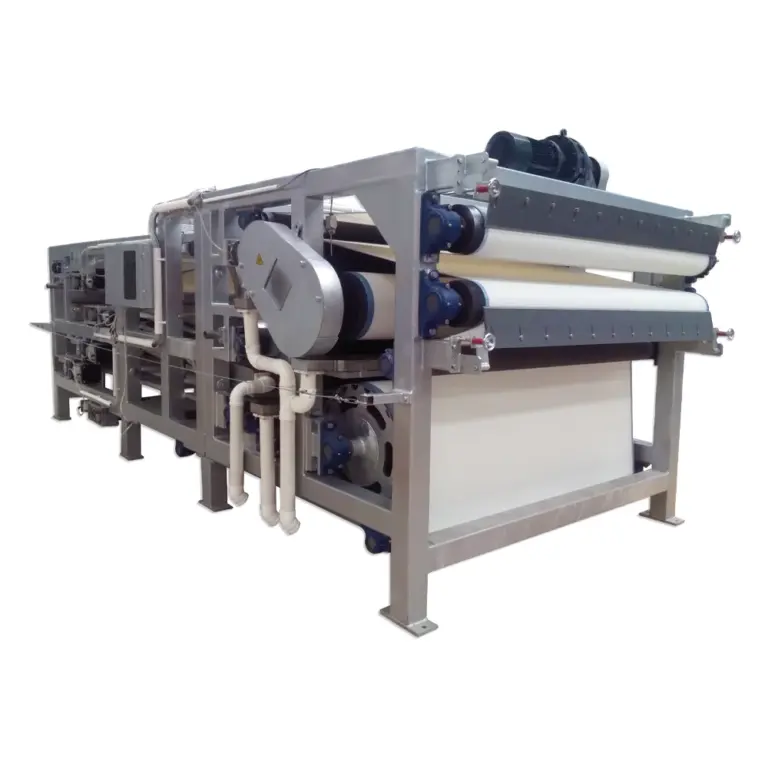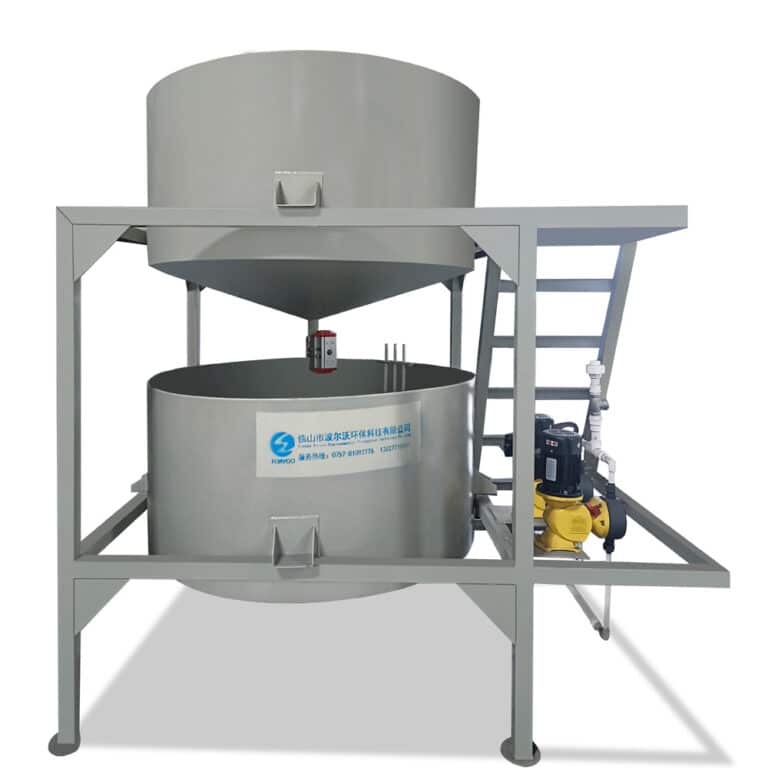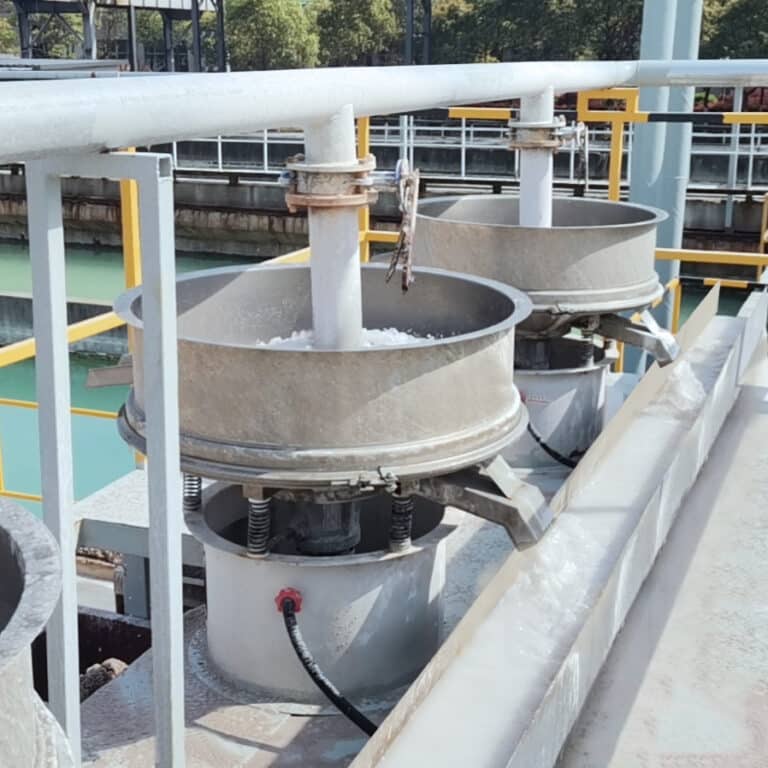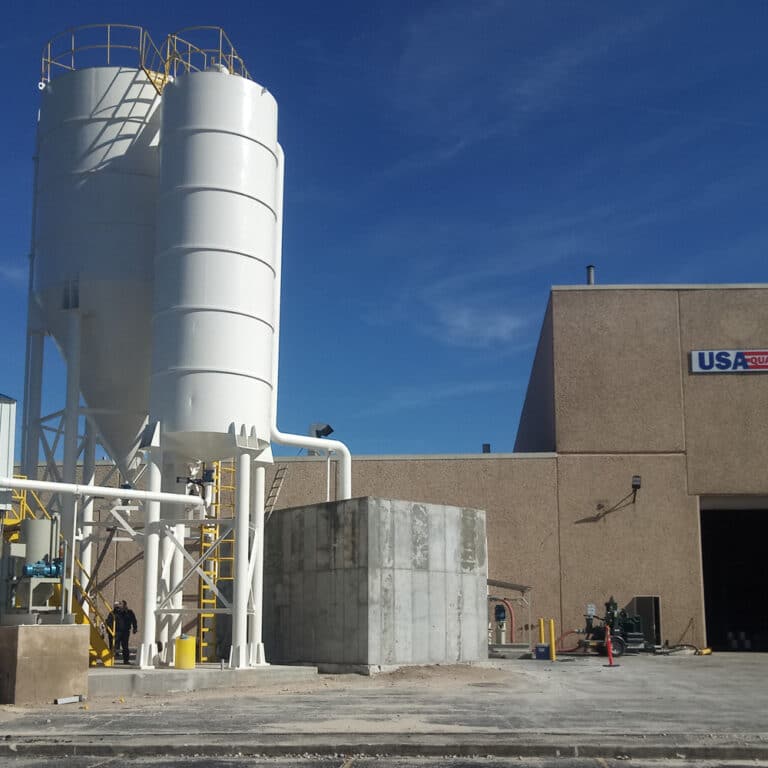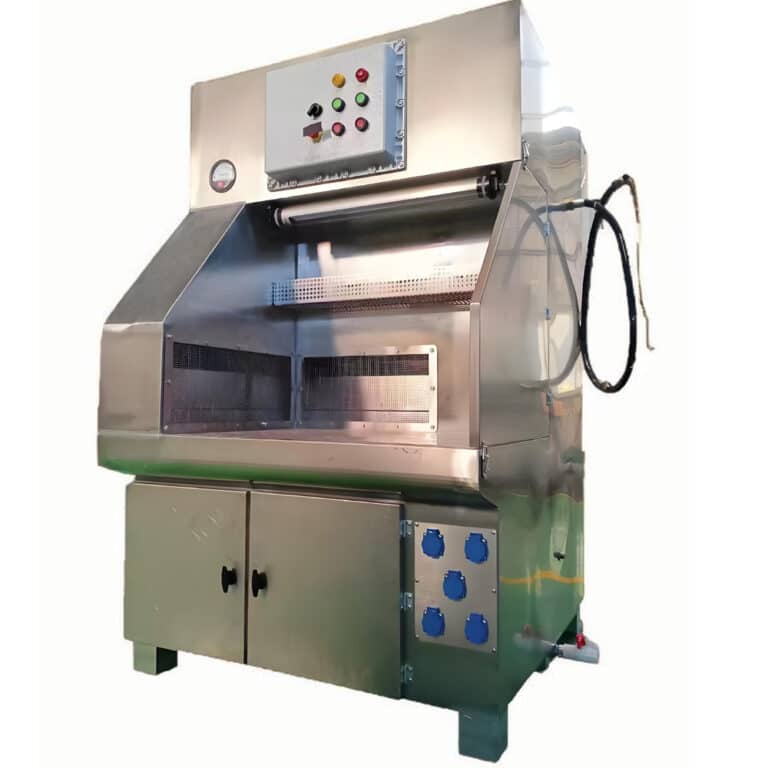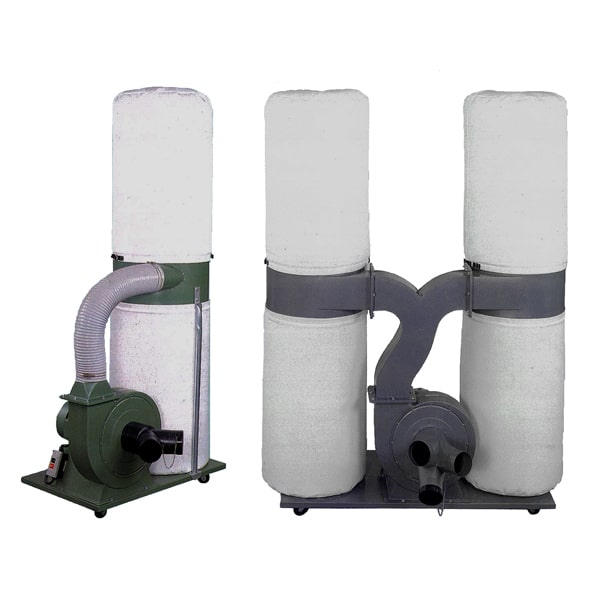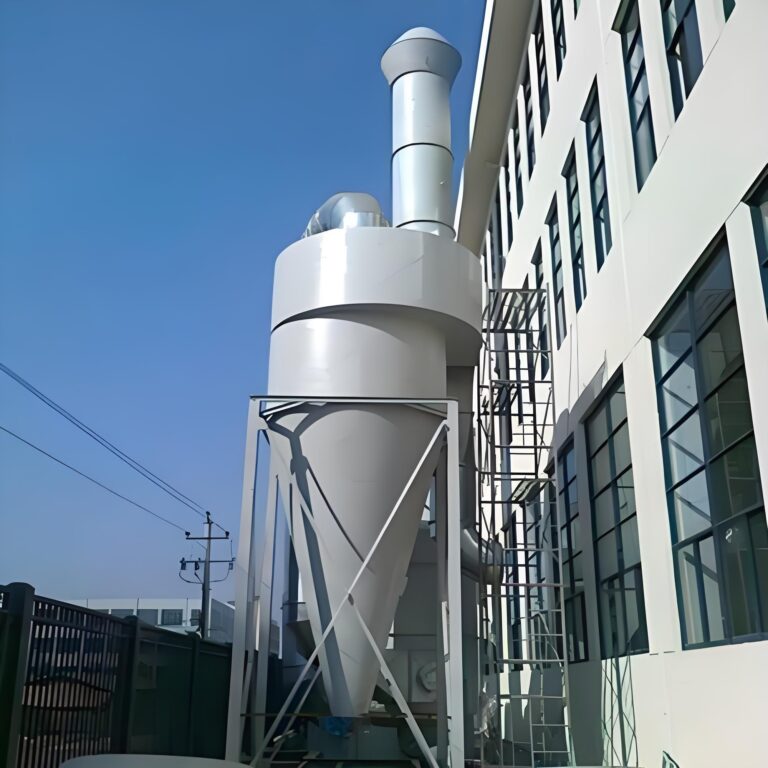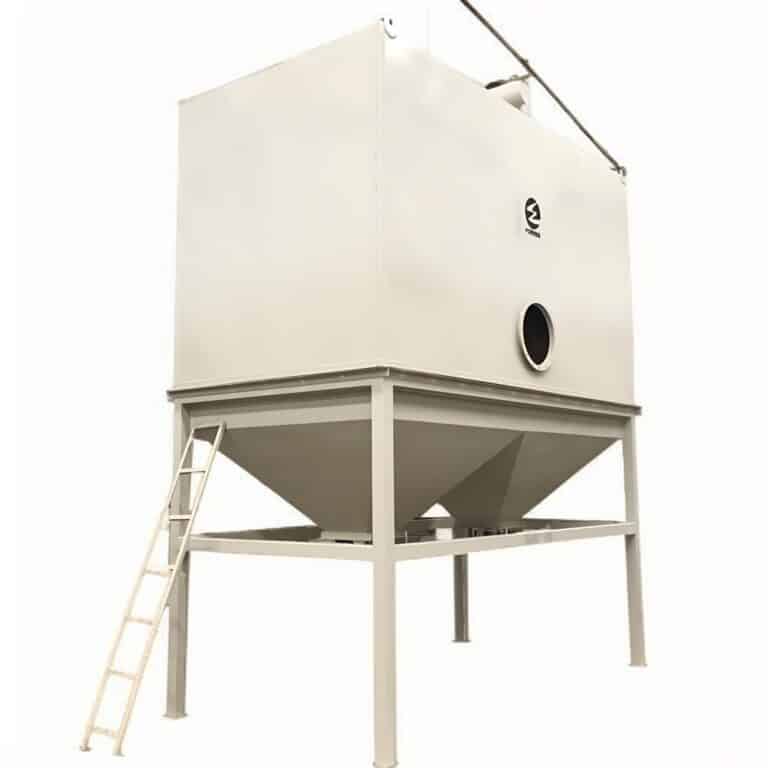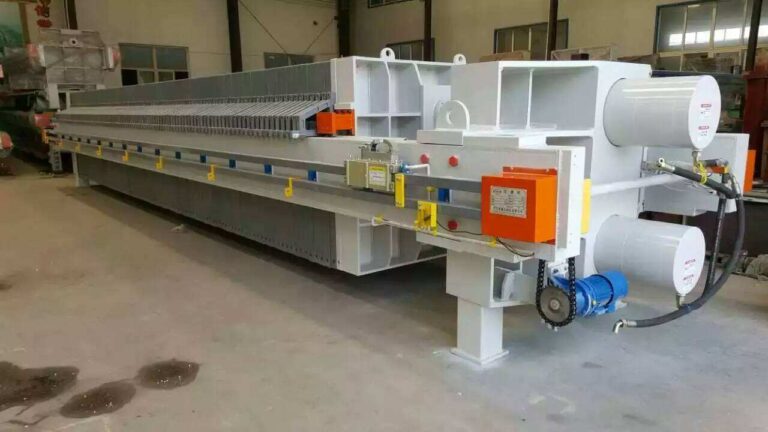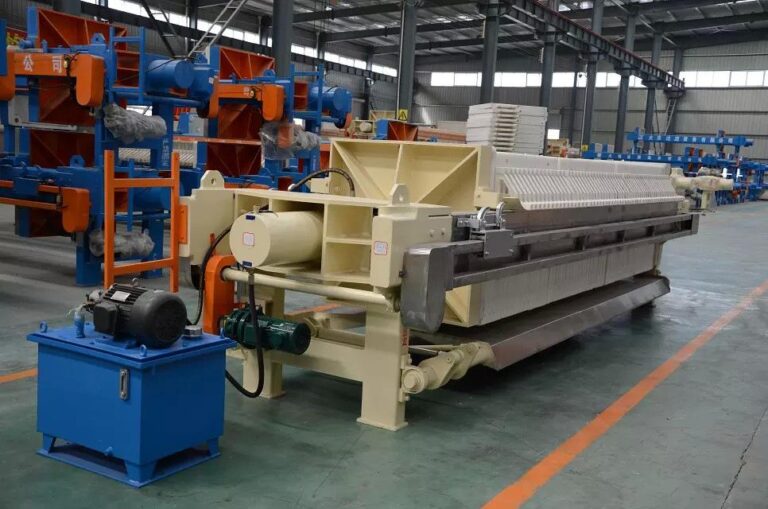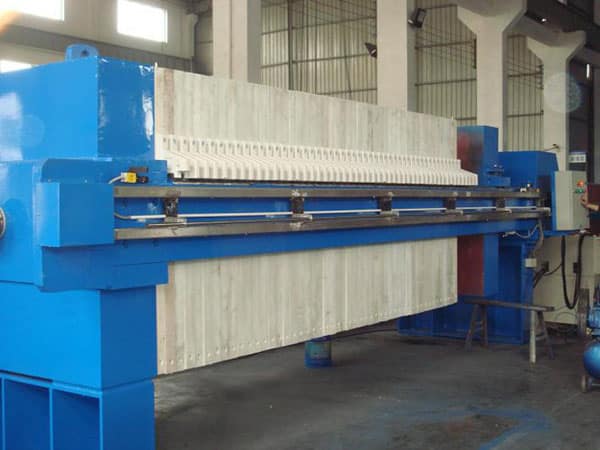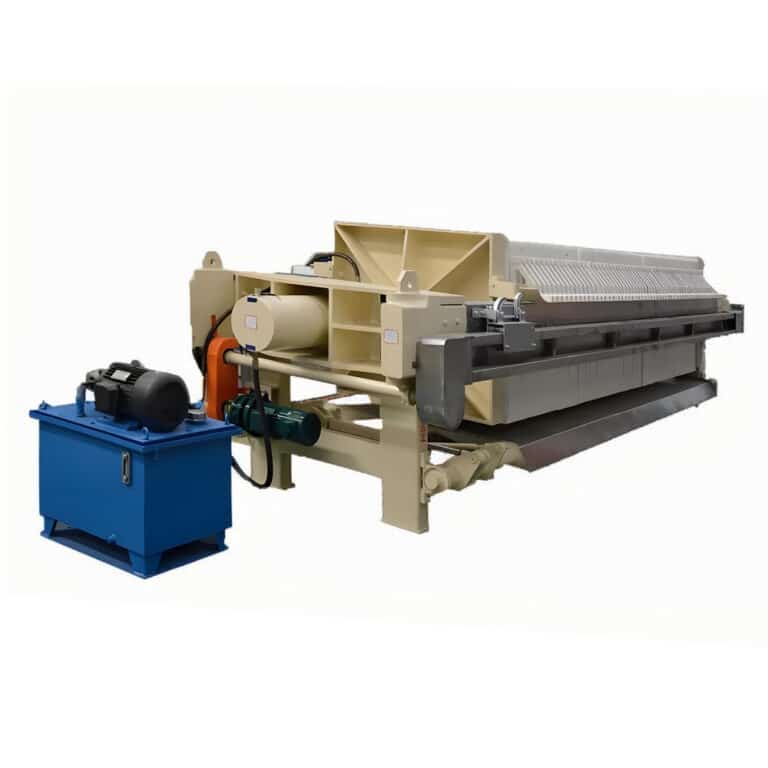I depolveratori a getto d'impulsi si sono affermati come una tecnologia rivoluzionaria, in grado di offrire livelli di efficienza e precisione senza precedenti nella rimozione del particolato. Questi sistemi avanzati stanno trasformando diversi settori, da quello manifatturiero e minerario a quello alimentare e farmaceutico, fornendo capacità di raccolta delle polveri superiori e producendo aria più pulita che mai.I depolveratori a getto d'impulsi, noti anche come impianti a maniche a getto d'impulsi, combinano un robusto design meccanico con una sofisticata tecnologia di pulizia per offrire una serie di vantaggi rispetto ai metodi di filtrazione tradizionali. Offrono alta efficienza, versatilità e capacità di gestire grandi volumi di aria carica di polvere. Poiché le industrie devono far fronte a una crescente pressione per ottimizzare i processi e ridurre l'impatto ambientale, queste macchine ad alte prestazioni stanno diventando una soluzione sempre più interessante per le aziende che cercano di migliorare le proprie capacità di controllo della qualità dell'aria. Questo articolo si addentra nel mondo dei depolveratori a getto d'impulsi, esplorando i loro principi di funzionamento, i componenti chiave e i numerosi vantaggi che offrono alle applicazioni industriali. Esamineremo il modo in cui questi sistemi avanzati affrontano le sfide più comuni nei processi di raccolta della polvere e discuteremo le ultime innovazioni che stanno spingendo i confini di ciò che è possibile nella tecnologia di filtrazione dell'aria.Mentre navighiamo attraverso le complessità dei depolveratori a getto d'impulsi, scopriremo perché stanno diventando la scelta preferita per molte industrie e come stanno contribuendo a operazioni più efficienti, economiche e rispettose dell'ambiente. Dal raggiungimento di un'elevata efficienza di raccolta alla riduzione dei tempi di inattività per la manutenzione e del consumo energetico, i depolveratori a getto d'impulsi stanno definendo nuovi standard nella gestione della qualità dell'aria industriale.
I depolveratori a getto d'impulsi rappresentano un significativo balzo in avanti nella tecnologia di filtrazione dell'aria, offrendo un'efficienza e una costanza senza pari nella rimozione del particolato in vari settori, raggiungendo efficienze di raccolta fino al 99,99% a seconda dell'applicazione.
| Caratteristica | Collettori di polveri tradizionali | Collettori di polvere a getto d'impulso |
|---|---|---|
| Efficienza di filtrazione | Moderato | Alto (fino a 99,99%) |
| Funzionamento continuo | Limitato | Capacità 24/7 |
| Consumo di energia | Più alto | Più basso |
| Requisiti di manutenzione | Più alto | Più basso |
| Versatilità | Limitato | Ampia gamma di applicazioni |
| Durata del filtro | Più breve | Più lungo |
| Impronta | Più grande | Compatto |
| Costo operativo | Più alto | Più basso nel lungo termine |
Come funziona un depolveratore a getto d'impulsi?
Un depolveratore a getto d'impulsi funziona secondo il principio della pulizia a impulsi inversa, utilizzando una serie di sacchi o cartucce filtranti per separare le particelle di polvere dal flusso d'aria. Il processo inizia con l'introduzione dell'aria carica di polvere nel collettore, dove viene distribuita attraverso i filtri. Mentre l'aria passa attraverso i filtri, le particelle di polvere vengono intrappolate sulla superficie esterna, consentendo all'aria pulita di uscire dalla parte superiore dell'unità. La chiave dell'efficienza dei depolveratori a getto d'impulsi risiede nel loro esclusivo meccanismo di pulizia. A intervalli regolari o in base al differenziale di pressione, brevi raffiche di aria compressa vengono rilasciate nei filtri in direzione inversa. Questo "impulso" d'aria crea un'onda d'urto che disloca la polvere accumulata dalla superficie del filtro, facendola cadere in una tramoggia di raccolta sottostante. Uno dei vantaggi più significativi dei depolveratori a getto d'impulsi è la loro capacità di pulire i filtri mentre il sistema è in funzione. Questa capacità di pulizia in linea garantisce una raccolta continua ed efficiente della polvere senza la necessità di arrestare il sistema, rendendoli ideali per le operazioni 24/7 in vari settori industriali.
I depolveratori a getto d'impulsi possono raggiungere una produttività fino a 30% superiore rispetto ai sistemi tradizionali, con cicli di pulizia di soli 100 millisecondi, che consentono una filtrazione quasi ininterrotta.
| Fase del processo | Durata | Caratteristiche principali |
|---|---|---|
| Presa d'aria carica di polvere | Continuo | Distribuzione uniforme tra i filtri |
| Filtrazione | Continuo | Media filtrante ad alta efficienza |
| Pulizia a impulsi | 100-200 millisecondi | Impulso inverso dell'aria compressa |
| Raccolta della polvere | Continuo | Con il supporto della forza di gravità nella tramoggia |
| Uscita aria pulita | Continuo | 99,99% efficienza possibile |
Quali sono i componenti chiave di un depolveratore a getto d'impulso?
Un depolveratore a getto d'impulsi è costituito da diversi componenti critici che lavorano in armonia per fornire prestazioni superiori di raccolta della polvere. Il cuore del depolveratore a getto d'impulsi è il media filtrante, tipicamente sotto forma di sacchi o cartucce. Questi filtri sono progettati con materiali ad alta efficienza in grado di catturare particelle di 0,3 micron. La scelta del materiale filtrante dipende dall'applicazione specifica, con opzioni che vanno dal poliestere standard a materiali specializzati per applicazioni ad alta temperatura o resistenti alle sostanze chimiche. Il sistema di pulizia a impulsi è un altro componente cruciale, costituito da testate di aria compressa, elettrovalvole e una scheda timer. Questo sistema controlla la tempistica e la durata degli impulsi di pulizia, garantendo prestazioni e durata ottimali del filtro. I sistemi avanzati possono incorporare sensori di pressione differenziale per attivare i cicli di pulizia in base all'effettivo carico del filtro piuttosto che a intervalli temporizzati. L'alloggiamento del collettore è progettato per resistere alle condizioni operative e fornire un facile accesso per la manutenzione. In genere comprende un plenum di ingresso per l'aria carica di polvere, un plenum per l'aria pulita nella parte superiore e una tramoggia nella parte inferiore per la raccolta della polvere. Molti modelli moderni sono caratterizzati da una struttura modulare che facilita l'installazione e l'espansione futura.
I depolveratori a getto d'impulsi avanzati possono funzionare ininterrottamente fino a 24 mesi senza bisogno di manutenzione, riducendo in modo significativo i tempi di inattività e aumentando l'efficienza complessiva dell'impianto rispetto ai sistemi di filtrazione tradizionali.
| Componente | Funzione | Caratteristiche speciali dei collettori a getto d'impulso |
|---|---|---|
| Mezzi filtranti | Cattura del particolato | Materiali ad alta efficienza e lunga durata |
| Sistema di pulizia a impulsi | Rigenerazione del filtro | Tempismo preciso, attivazione basata sulla pressione |
| Alloggiamento del collettore | Contenimento del sistema | Design modulare, facile accesso per la manutenzione |
| Sistema di controllo | Gestione delle operazioni | Timer intelligenti, possibilità di monitoraggio remoto |
| Sistema di rimozione della polvere | Gestione delle polveri raccolte | Opzioni automatizzate disponibili |
Quali sono i settori che beneficiano maggiormente dei depolveratori a getto d'impulso?
I depolveratori a getto d'impulsi trovano applicazione in un'ampia gamma di settori, ognuno dei quali beneficia della capacità della tecnologia di gestire elevati volumi di aria carica di polvere con risultati costanti. Nel settore manifatturiero, i depolveratori a getto d'impulsi svolgono un ruolo cruciale nel mantenere l'aria pulita nelle strutture che si occupano della lavorazione dei metalli, del legno e della plastica. L'industria mineraria e della lavorazione dei minerali fa grande affidamento sui depolveratori a getto d'impulsi per il controllo delle polveri nelle operazioni di frantumazione, trasporto e imballaggio. La capacità di gestire carichi di polvere elevati e di operare in modo continuo è particolarmente preziosa in questo settore, dove la produzione è spesso attiva 24 ore su 24, 7 giorni su 7. Anche i produttori chimici e farmaceutici traggono grandi vantaggi dai depolveratori a getto d'impulsi per vari processi che coinvolgono polveri e materiali granulari. Il controllo preciso della qualità dell'aria è essenziale in questi settori, dove la purezza del prodotto e la sicurezza dei lavoratori sono preoccupazioni fondamentali.
Nell'industria alimentare, i depolveratori a getto d'impulsi hanno dimostrato di ridurre i livelli di particolato nell'aria fino al 99,9%, migliorando in modo significativo la qualità dei prodotti e la sicurezza sul posto di lavoro e soddisfacendo i severi requisiti normativi.
| Industria | Applicazione | Vantaggi principali |
|---|---|---|
| Produzione | Lavorazione dei metalli, lavorazione del legno | Miglioramento della qualità dell'aria, riduzione dell'usura delle apparecchiature |
| Miniere | Frantumazione, trasporto | Elevata capacità di carico della polvere, funzionamento continuo |
| Chimica | Manipolazione della polvere | Purezza dei prodotti, sicurezza dei lavoratori |
| Lavorazione degli alimenti | Movimentazione dei cereali, imballaggio | Conformità normativa, qualità del prodotto |
| Prodotti farmaceutici | Produzione API | Controllo della contaminazione, protezione dei lavoratori |
In che modo i depolveratori a getto d'impulso migliorano l'efficienza operativa?
I depolveratori a getto d'impulsi offrono miglioramenti significativi in termini di efficienza operativa rispetto ai metodi tradizionali di raccolta delle polveri. Uno dei vantaggi più evidenti è la riduzione del consumo energetico. La capacità di pulire i filtri in linea senza interrompere il flusso d'aria consente un funzionamento più costante e riduce il carico sulla ventola del sistema, con conseguenti minori requisiti di potenza. La costanza fornita dalla tecnologia di pulizia a getto d'impulsi si traduce direttamente in una migliore qualità dell'aria e in minori esigenze di manutenzione. Mantenendo le prestazioni ottimali dei filtri attraverso cicli di pulizia regolari e automatizzati, questi sistemi possono funzionare per periodi prolungati senza la necessità di interventi manuali o di arresto del sistema. L'efficienza della manutenzione è un'altra area in cui i depolveratori a getto d'impulsi eccellono. Grazie alla maggiore durata dei filtri e alla necessità di sostituirli meno frequentemente, questi sistemi minimizzano i tempi di inattività e riducono i costi operativi correnti. Il design modulare di molti depolveratori a getto d'impulsi facilita inoltre la manutenzione quando è necessaria, migliorando ulteriormente l'efficienza complessiva del sistema. La capacità di gestire volumi d'aria e carichi di polvere più elevati senza compromettere le prestazioni consente alle aziende di aumentare la capacità produttiva senza aumentare proporzionalmente l'ingombro della raccolta delle polveri o il consumo energetico. Questa scalabilità rende i depolveratori a getto d'impulsi un'opzione interessante per le aziende in crescita.
Alcuni studi hanno dimostrato che i depolveratori a getto d'impulsi possono ridurre i costi operativi fino a 30% rispetto ai sistemi tradizionali, aumentando contemporaneamente l'efficienza di raccolta delle polveri di 20-30%. Questa combinazione di riduzione dei costi operativi e aumento della produttività può portare a un ritorno dell'investimento in soli 12-18 mesi per le applicazioni ad alto volume.
| Metrica dell'efficienza | Miglioramento rispetto ai metodi tradizionali | Impatto sulle operazioni |
|---|---|---|
| Consumo di energia | Riduzione fino a 25% | Riduzione dei costi delle utenze e delle emissioni di anidride carbonica |
| Tempi di inattività per la manutenzione | Riduzione fino a 50% | Aumento dei tempi di produzione |
| Durata del filtro | 2-3 volte più a lungo | Costi di sostituzione ridotti, manutenzione meno frequente |
| Volume d'aria Capacità | Fino a 30% superiore | Aumento della capacità produttiva |
| Efficienza di raccolta della polvere | Fino a 99,99% | Miglioramento della qualità dell'aria, conformità alle normative |
Quali sono le ultime innovazioni nella tecnologia dei depolveratori a getto d'impulso?
La tecnologia dei depolveratori a getto d'impulsi è in continua evoluzione e i produttori introducono nuove caratteristiche e funzionalità per soddisfare le mutevoli esigenze dell'industria. Una delle innovazioni recenti più significative è l'integrazione di sistemi di controllo intelligenti che utilizzano l'intelligenza artificiale e gli algoritmi di apprendimento automatico per ottimizzare i cicli di pulizia e l'utilizzo di energia. Si stanno sviluppando nuovi materiali sintetici e trattamenti superficiali per offrire migliori proprietà di rilascio della polvere e una maggiore durata operativa. Alcuni produttori stanno sperimentando rivestimenti in nanofibre che migliorano l'efficienza di filtrazione, pur mantenendo una bassa caduta di pressione attraverso il filtro. L'attenzione all'efficienza energetica e alla conservazione dei materiali ha portato allo sviluppo di unità più compatte che offrono prestazioni uguali o migliori rispetto ai predecessori più grandi. Inoltre, alcuni produttori stanno studiando modi per riciclare o riutilizzare la polvere raccolta, trasformando gli scarti in potenziali flussi di reddito per i loro clienti. I design modulari e scalabili stanno guadagnando terreno, consentendo soluzioni di raccolta della polvere più flessibili e a prova di futuro. Questi progetti consentono di semplificare l'installazione, la manutenzione e le future espansioni di capacità, rendendo i depolveratori a getto d'impulsi più adattabili alle mutevoli esigenze di produzione.
I recenti progressi nella tecnologia dei depolveratori a getto d'impulsi hanno dimostrato la possibilità di ridurre il consumo energetico di ulteriori 15-20% e di migliorare l'efficienza di raccolta delle polveri di 5-10% rispetto ai sistemi di precedente generazione. Questi miglioramenti possono tradursi in significativi risparmi sui costi e benefici ambientali per le applicazioni industriali ad alto volume.
| L'innovazione | Benefici | Impatto del settore |
|---|---|---|
| Sistemi di controllo intelligenti | Prestazioni ottimizzate, consumo energetico ridotto | Alto |
| Supporti filtranti avanzati | Migliore efficienza, maggiore durata del filtro | Medio-alto |
| Design compatto | Ingombro ridotto, installazione più semplice | Medio |
| Costruzione modulare | Flessibilità, facilità di scalabilità e manutenzione | Alto |
| Soluzioni per il riciclo delle polveri | Riduzione dei rifiuti, potenziale generazione di reddito | Medio |
In conclusione, i depolveratori a getto d'impulsi rappresentano un progresso significativo nella gestione della qualità dell'aria industriale, offrendo efficienza, coerenza e produttività senza pari in un'ampia gamma di settori. Combinando una tecnologia di pulizia innovativa con sofisticati sistemi di controllo, queste macchine avanzate non solo riducono il consumo di energia e i costi operativi, ma migliorano anche la sicurezza sul posto di lavoro e la conformità ambientale.La chiave per massimizzare i vantaggi dei depolveratori a getto d'impulsi risiede in un'attenta selezione e implementazione. Considerando fattori quali le caratteristiche della polvere, i requisiti di volume d'aria e il costo totale di proprietà, le industrie possono scegliere il sistema più appropriato per le loro esigenze specifiche. Con la continua evoluzione della tecnologia, con le innovazioni nei controlli intelligenti, nei materiali filtranti avanzati e nei design sostenibili, le capacità dei depolveratori a getto d'impulsi sono destinate ad espandersi ulteriormente.Per le industrie che hanno a che fare con la generazione di grandi volumi di polvere, l'investimento in un depolveratore a getto d'impulsi può portare a notevoli vantaggi a lungo termine. Dal miglioramento dell'efficienza operativa e della qualità dell'aria alla riduzione dell'impatto ambientale e dei costi operativi, questi sistemi avanzati si stanno rivelando una risorsa preziosa nella ricerca di processi industriali più puliti ed efficienti.Guardando al futuro, è chiaro che i depolveratori a getto d'impulsi continueranno a svolgere un ruolo cruciale nel panorama della gestione della qualità dell'aria industriale. Tenendosi informate sugli ultimi sviluppi di questa tecnologia e valutando attentamente le proprie esigenze specifiche, le industrie possono sfruttare la potenza di questi sistemi avanzati per promuovere l'innovazione, migliorare la produttività e mantenere un vantaggio competitivo in un mercato globale sempre più attento all'ambiente.
